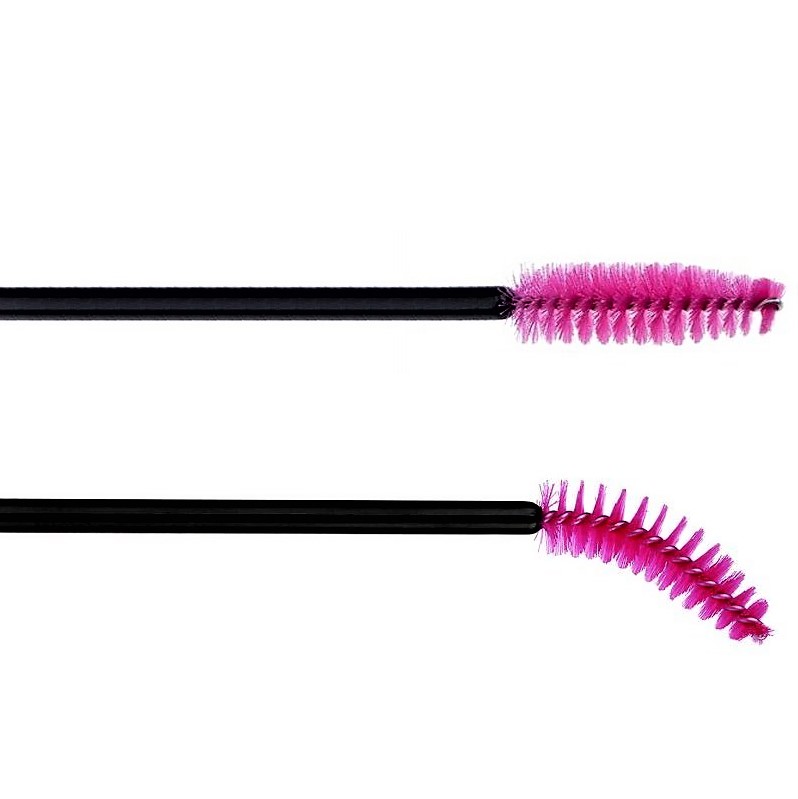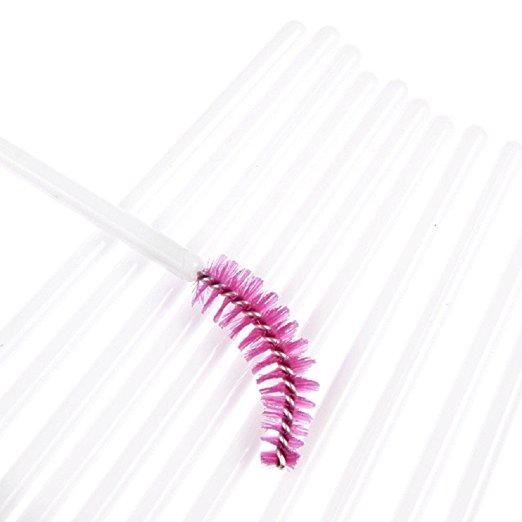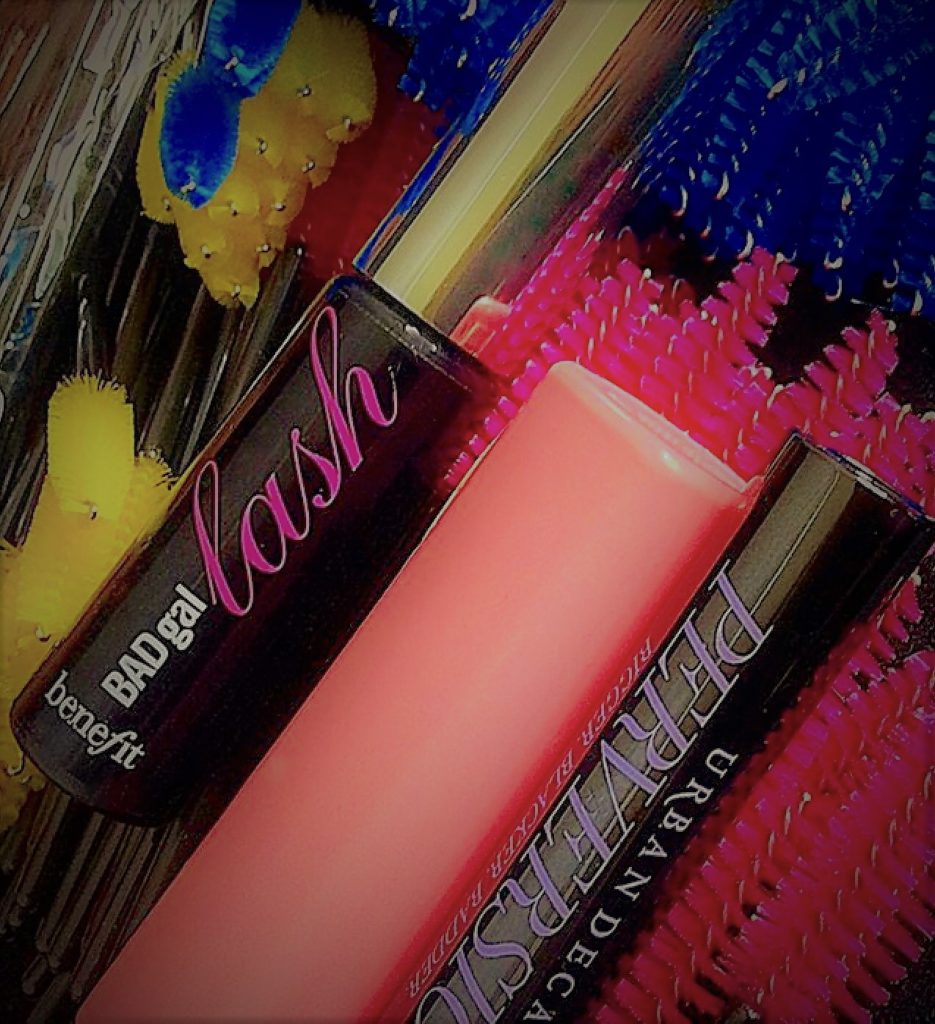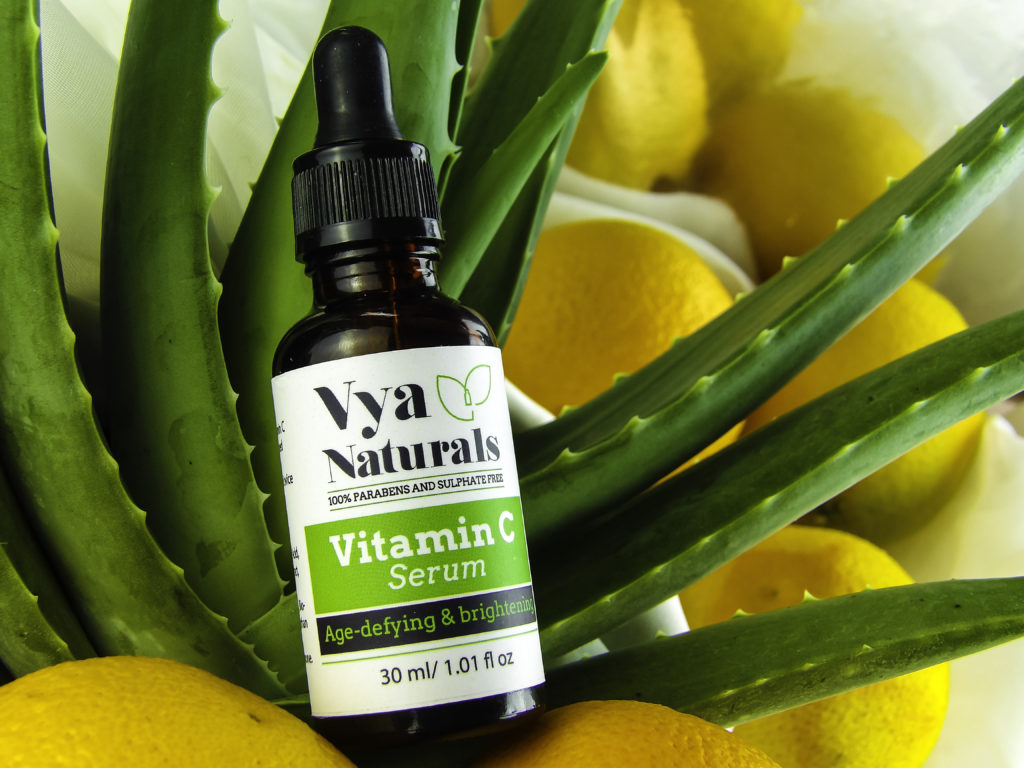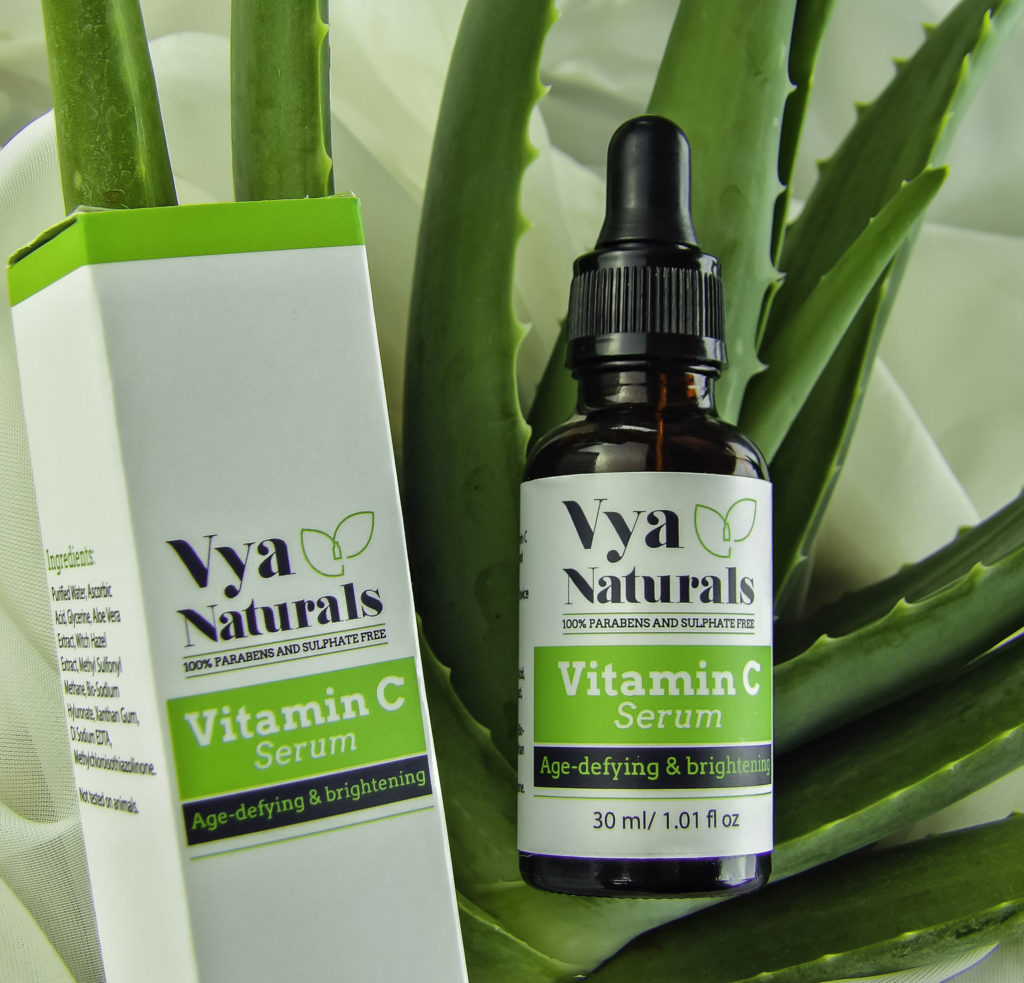If asked to name a primary sign of aging, what would you say? Gray hair? Crow’s feet? Wrinkles? Actually, those aren’t even the worst one. The most insidious form of aging sneaks up on you: DISCOLORATION. Learn how to stop age spots and discoloration with a quality Vitamin C and Retinol combo such as is contained in Lordsbury Retinol+C Cream Moisturizer. Lordsbury has 20% Vitamin C Serum paired with 2.5% Retinol, a prescription level dose, plus a host of skin nourishing moisturizers to keep skin dewy while sending discoloration and brown spots packing.
Discoloration due to aging occurs in three primary forms: red spots due to broken capillaries below the surface of the skin, the brownish areas of discoloration due to sun damage, and brown spots on hands and face. If you examine aging faces, you’ll start noticing how the vitality of skin is robbed not by the appearance of a few wrinkles here or there, but by the areas of discoloration and uneven skin tone.
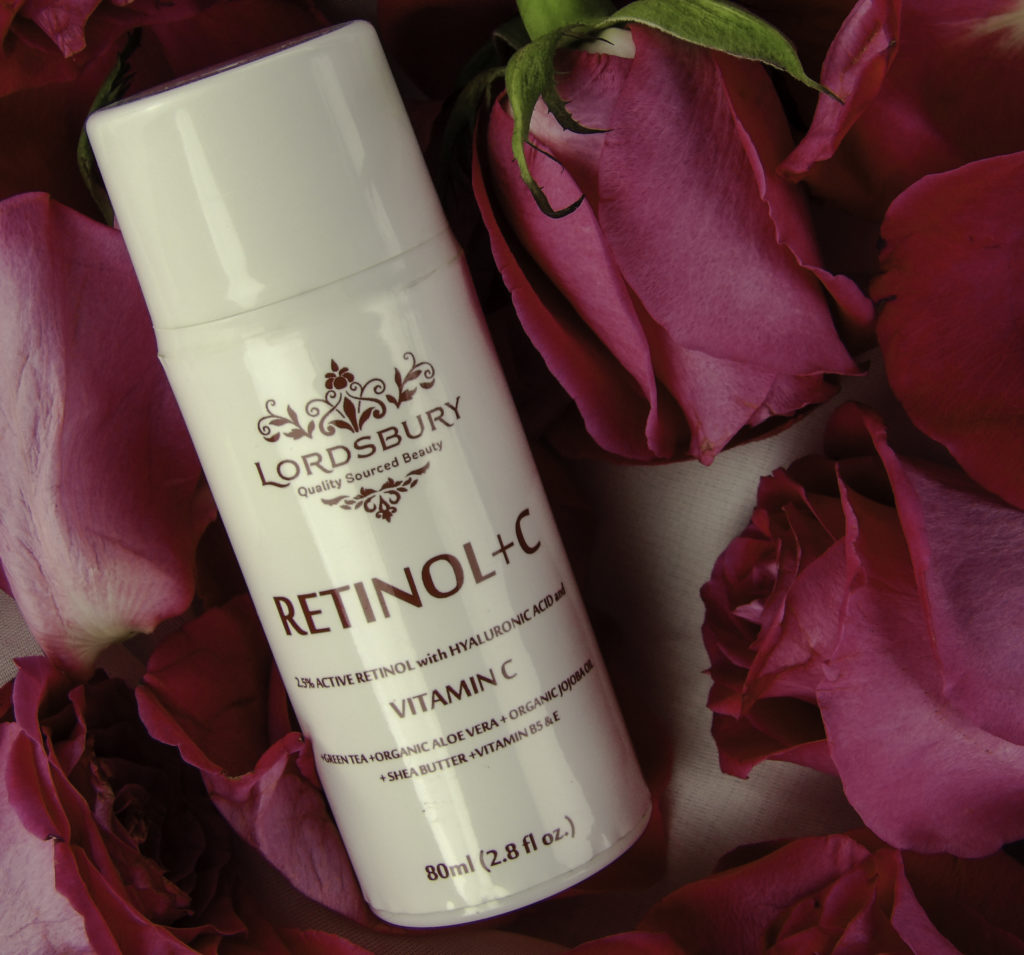
Lordsbury Retinol+C Cream Moisturizer does double duty when fighting discoloration: the combination of ingredients fades existing discoloration and prevents the skin from forming new brown spots
HOW DO I KNOW IT IS DISCOLORATION THAT IS AGEING MY FACE?
Discoloration may be very obvious, or it may be diffuse and subtle, giving a general rough, lackluster look to the skin. But if you are in your forties or older, it’s likely happening. When a makeup artist wants to age a young face, discoloration accomplishes that: darkened under eyes, brown spots on the top of the cheekbone, and redness around the nose, drawing shadows in wrinkled areas.
In an interesting video, a female face is digitally aged from a child to an older woman. If you watch the video, you’ll notice the real change comes after the three-minute mark, when the brown discoloration increases, even accenting the existing sagging and wrinkles. The skin is more uneven, the face looks harder, less feminine due to the harshness the discoloration gives the face. Note the areas of the face such as the lower cheeks, subtle darker patches and a veil of darkened small dots appear, making her once smooth skin appear pixelated and dill. One cheek (her right), the brown spots appear where highlighter should be placed, giving the face a sagging look on one side.
Why does discoloration, redness, and brown spots happen as we age, and what can be done about it?
WHY IT HAPPENS
Redness can occur because your skin has become more sensitive over time or from using overly harsh skin care products in an attempt to youthify skin. Over 35, granular scrubs can tear skin easily, causing more harm than good. The acne treatments that worked as a teenager should be off limits to older skin, they are too drying. Also, broken capillaries happen in part due to the depletion of collagen as we age that results in weakened tissue structures. Capillaries bleed and the skin just can’t flush out these fluids like they used to. The leaked blood appears as red or eventually brown spots, as blood is absorbed into the delicate surrounding skin tissues.
Brown spots of discoloration can occur for several reasons, including due to hormonal shifts or medications, but they are primarily due to collective sun damage. The dark spots aren’t adorable like freckles, they make the face seem uneven and even haggard as if contour has been applied where it ought not to be. If you start to notice older faces, you will notice what makes them appear so old is less to do with some wrinkles or crow’s feet and more to do with this discoloration that occurs all the areas the sunlight hits – such as the top of the cheekbone, jawline, the nose, forehead and around the eyes. Many of the places you might apply a highlighter to look younger, you may have natural darkening like a muddy contour, making the face seem more drawn, droopy and less sculpted.
HOW TO FIX DISCOLORATION
Some people leap to doing IPL treatment series, chemical peels, and lasers, these can indeed effectively lessen the appearance of discoloration and brown spots. The problem is they also tend to lighten the entire face at the same time, meaning you lose your natural skin tone in the process. Topical lightening products, unless applied exceptionally sparingly, also overly-lighten the entire face. Even when “spot” applied, they do not necessarily deliver a result that matches your natural skin tone, it is like trading an overly dark spot for a mismatched too light one. So while these remedies can affect some results, they effectively only bleach the skin and they do not counteract future discoloration.
A BETTER REMEDY
A better remedy is a Retinol and Vitamin C combination topical treatment. A 2016 study in the peer-reviewed Journal for Drugs in Dermatology showed that 20% Vitamin C paired with a low dose prescription level Retinol greatly aid in reducing mild to moderate hyperpigmentation and photodamaged skin due to sun damage. [An Open Label Clinical Trial to Evaluate the Efficacy and Tolerance of a Retinol and Vitamin C Facial Regimen in Women With Mild-to-Moderate Hyperpigmentation and Photodamaged Facial Skin, J Drugs Dermatol. 2016 Apr;15(4):476-82.]
We like Lordsbury Retinol+C Moisturizer because it contains all the ingredients you need to prevent and reverse discoloration in one product including 20% Vitamin C and 2.5% Retinol (a prescription level dose). Retinol and Vitamin C are both powerful ingredients, so Lordsbury also contains soothing nourishing ingredients like Aloe Vera, Jojoba, Shea Butter, Vitamin E and other moisturizers to properly buffer the Retinol/Vitamin C combo for twice a day use that leaves skin soft, youthful and looking dewy.
WHAT VITAMIN C AND RETINOL CAN DO FOR DISCOLORATION
Vitamin C accomplishes two things; pre-empt discoloration due to collagen breakdown by providing accelerating the bodies’ own collagen production, and by fading the existing sun damage and scars that dark the skin by breaking up the over pigmentation. This gives a far more natural result that matches your own skin tone, not a bleached out version of you.
Vitamin C fights free radicals that contribute to the aged appearance of sun damaged skin, meaning regular topical Vitamin C use results in less photodamage going forward. How is that possible? An article in the Journal of Indian Dermatology explains the science behind how Vitamin C even reduces future hyperpigmentation:
“Vitamin C interacts with copper ions at the tyrosinase-active site and inhibits action of the enzyme tyrosinase, thereby decreasing the melanin formation. Vitamin C also acts on the perifollicular pigment.” (Vitamin C in dermatology, by Telang. Indian Dermatol Online J. 2013 Apr-Jun; 4(2): 143–146. doi: 10.4103/2229-5178.110593)
Retinol fades discoloration and creates new and fresher skin that diminish and eventually replace the dark spots, making skin look young again. It also increases cell turnover to banish fine lines and wrinkles. When the skin inside a deep wrinkle has discoloration it looks deeper than it is. When retinol fades the discoloration within deep wrinkles, the “shadow” effect is gone and they appear more shallow than before.

Lordsbury Retinol+C Cream Moisturizer contains Retinol to accelerate cell regeneration to fade old discoloration, and Vitamin C to prevent future discoloration. It also contains several natural moisturizers to soothe and nourish skin for a more youthful look.
CHOOSING A RETINOL TO FIGHT DISCOLORATION
Looking for a non-prescription Retinol with all the lighting discoloration benefits and none of the irritation? Try Lordsbury Retinol+C moisturizer, a twice a day 2.5% retinol with 20% Vitamin C and loads of natural moisturizers to keep skin soft and dewy. Find Lordsbury Retinol+C moisturizer at https://www.amazon.com/gp/product/B01M3PSEQX/.
Style Chicks received compensation for our time and effort. However, our experience with the product and the opinions expressed in this review are 100% ours.





